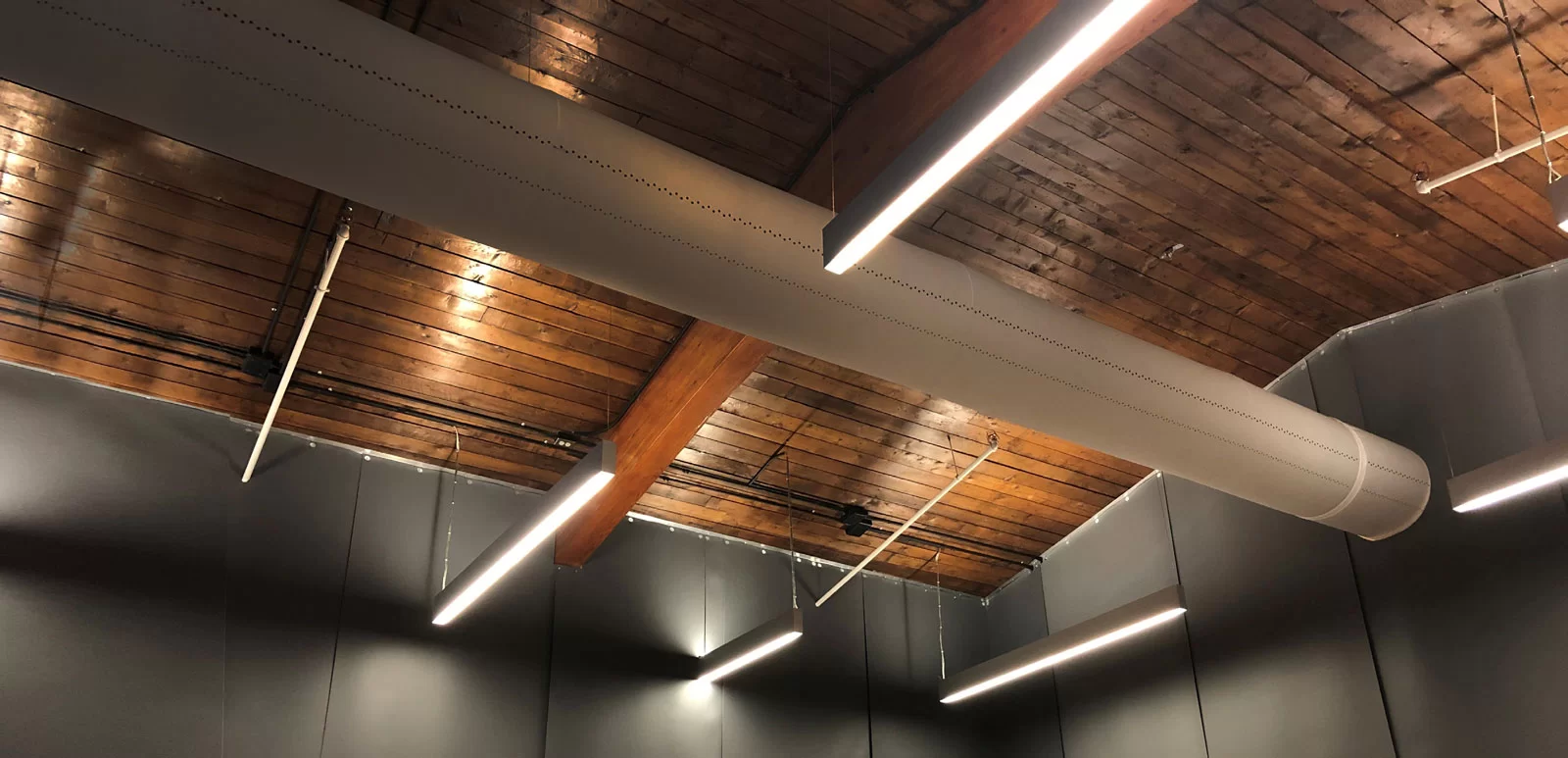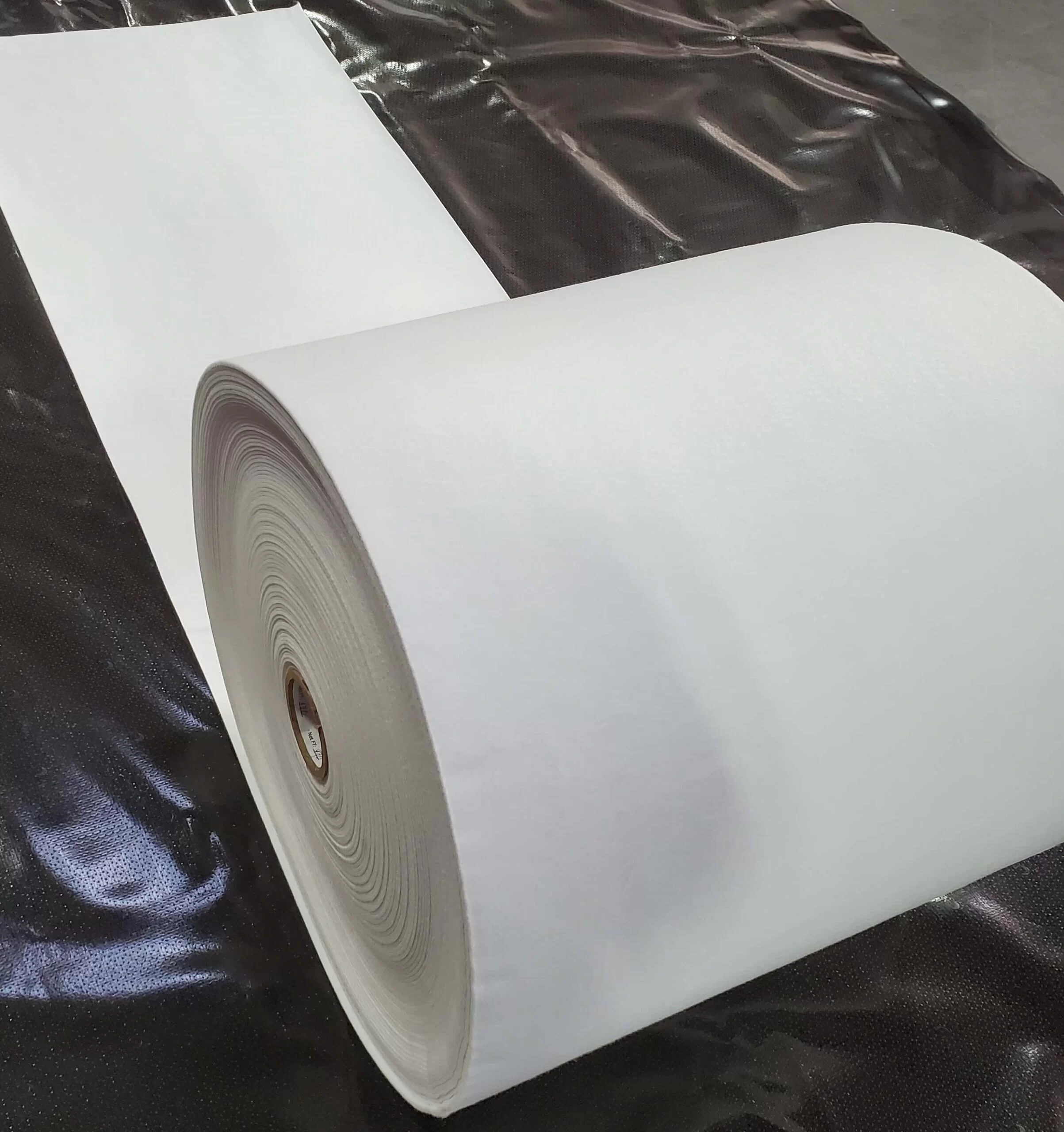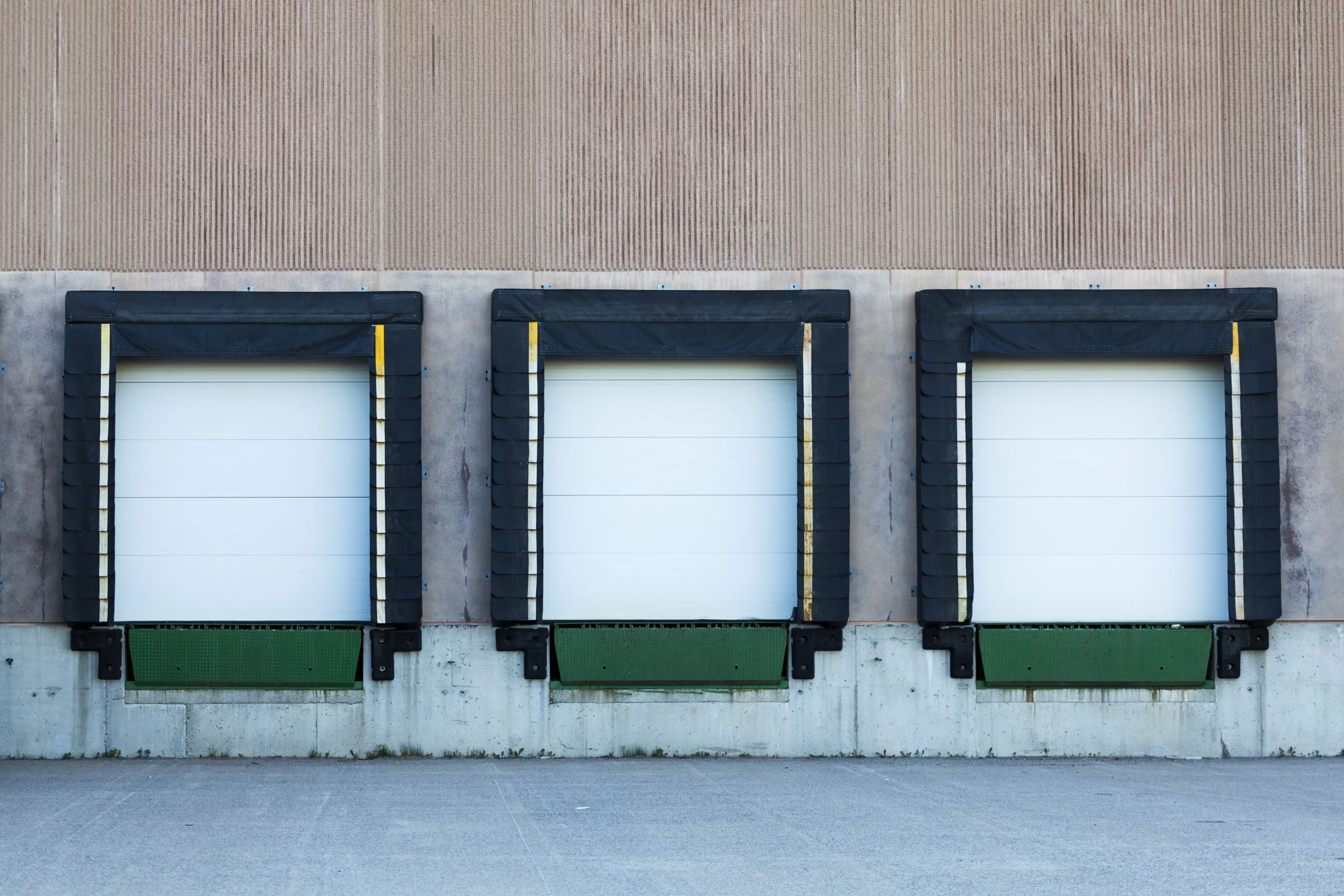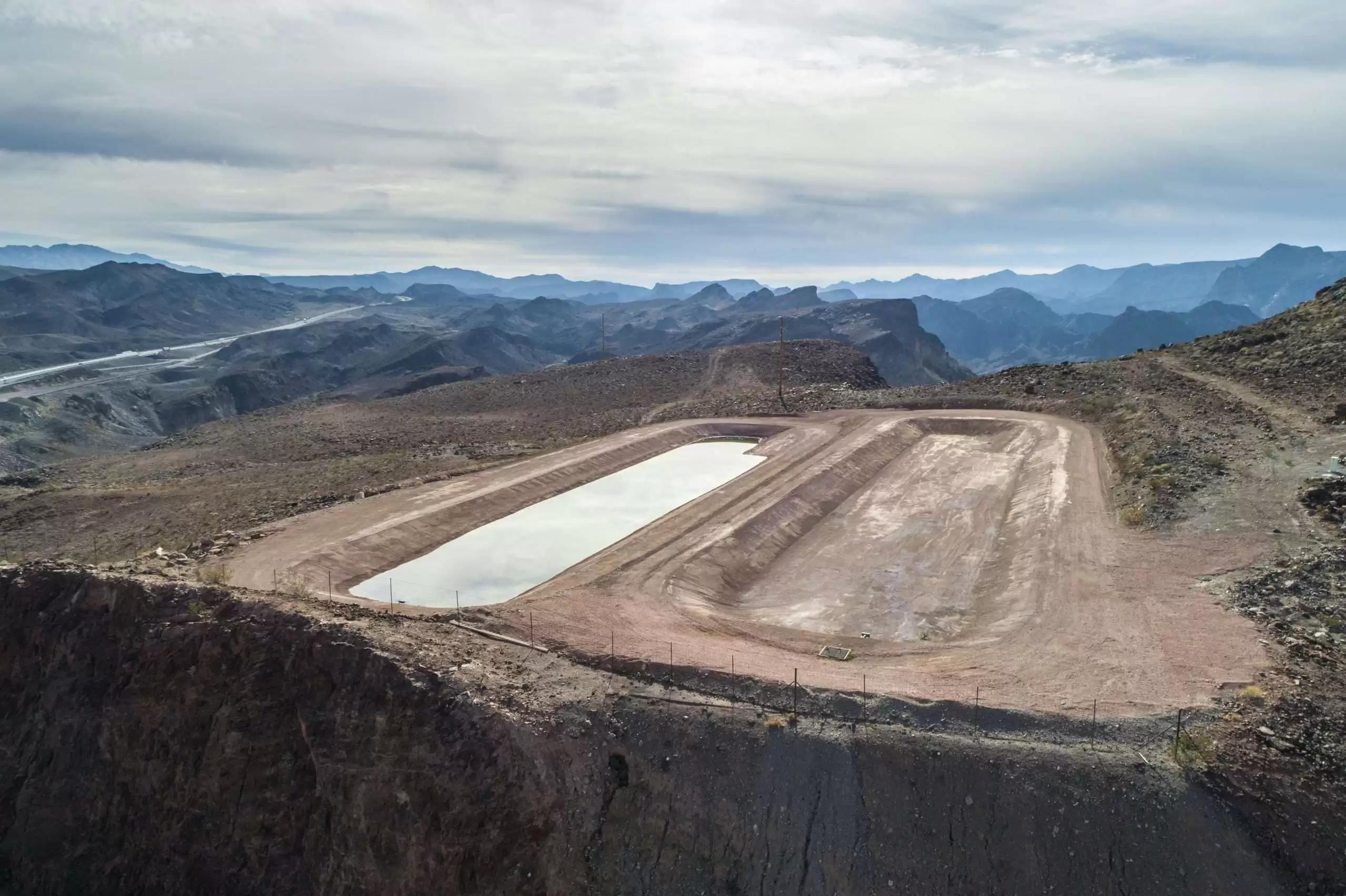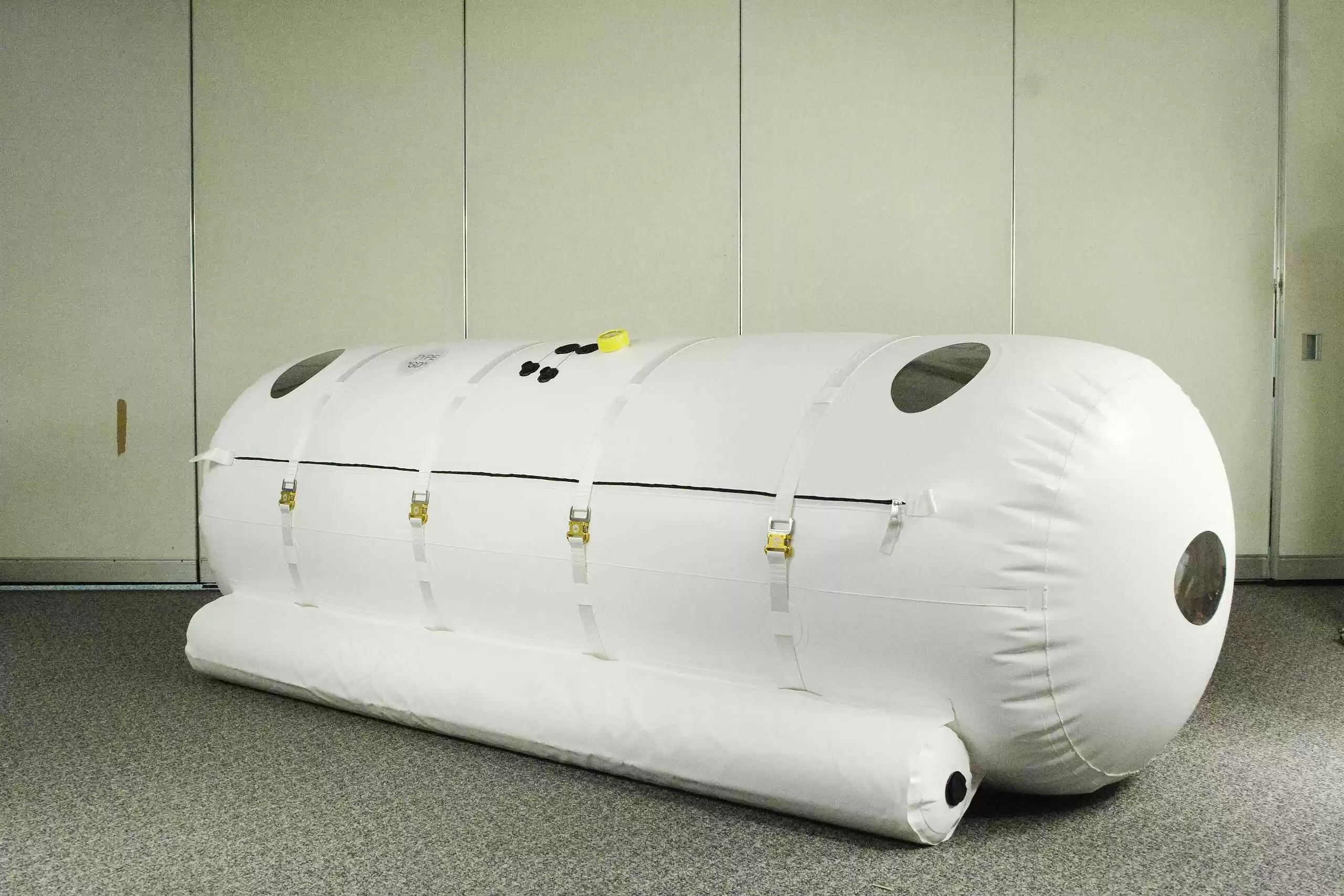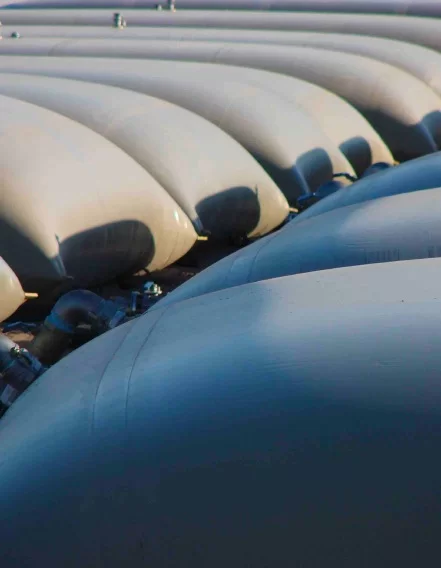The expanding customization of CIPP tubing for applications can enable the CIPP tube manufacture to maximize material and production efficiency. There are options in designing CIPP coated felts. As a coated felt supplier, we work with our customers to design products that will maximize their production process. Options in width, coating thickness, and type of TPU can all contribute to the overall material and process efficiency when producing CIPP tubes.
At our production facility in Hillside NJ, we have the ability to coat from 50 inches up to 120 inches wide. Being able to utilize the most efficient felt width for your production helps reduce the amount of waste trim generated when producing tubes. Today we have customers that buy up to 3 widths of coated felt from us and combine sizes for production runs. Having this flexibility is a great advantage for our customers.
Table of Contents
CONNECT WITH A COATED FELT EXPERT
What You Need to Know About Viscosity
As a coated felt supplier, E2 can help improve process efficiencies in other ways. Within the world of TPU Ester brands, there are many differences. One of those differences is viscosity. Viscosity will vary between brands and even within lots. It is easy to think of viscosity in terms of water and molasses. A material that has high viscosity doesn’t flow freely meaning it flows like molasses. If you want the material you are using to stay put when melted the viscosity of molasses is good. But if you want it to flow out and coat everything it could be an issue. On the other hand, a material with very low viscosity will flow like water. Low viscosity materials will flow out fast and cover a wide area of material but could be difficult to control.
Finding the Right Viscosity Balance
As a processor and coater of felts, e2 tries to strike a balance of these two. We want to be able to pump the material out of our equipment through our extrusion coating process to produce at faster rates (we want it to flow like water) but at the same time, we want to control the amount of coating exactly (we don’t want it to flow too fast). The melt viscosity or melt flow will change depending on what the temperature of the process is. Different TPU types and variations can have vastly different melt flows. This will affect how easy a processor can coat materials and more important to our customers this will affect how easy and fast tubes can be joined together. This is what we call our process window.
Our Sweet Spot
We define the process window as the temperature at which we can get materials to flow the way we need them to flow in order to obtain the outcome we want. If we want to run a 20 mil coating of TPU we will need to run at a set temperature that allows the TPU to flow out at the right rate and thickness. Doing this consistently helps our customers process tubes and welds consistently.
Work Hand in Hand with Your Coated Felt Supplier
Being consistent allows us to produce efficiently and gives our customers a head start in their process. That is why it is a good idea to work hand in hand with your coated felt supplier to make sure the TPU tape and your coated felt will work well together seamlessly. At E2 we work closely with our customers and vendors to make sure these systems work. In many circumstances, we can supply the same Lot of TPU we used in our coated felt to our customers to extrude. This helps to ensure the full compatibility of products. We understand that a failed seam in the field is very expensive. We believe that it is our job to help ensure our customers’ success.

